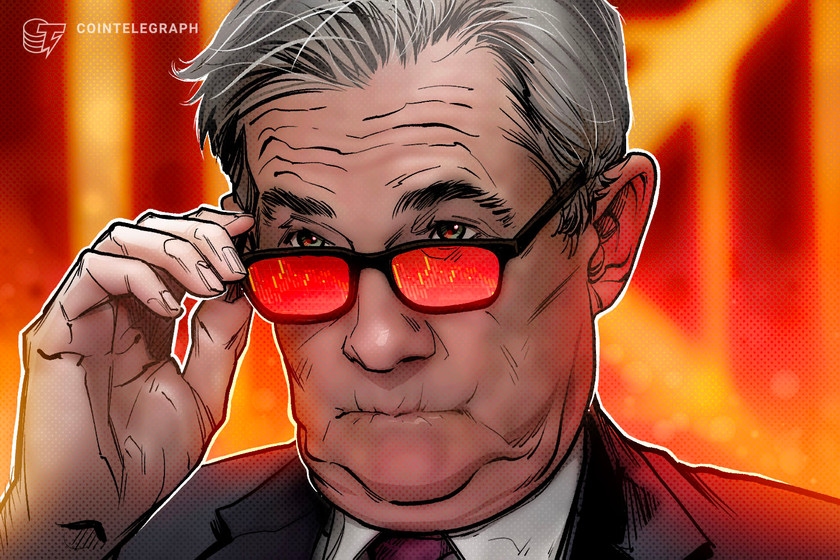Custodia Bank’s membership denied for ties with crypto markets, says US Fed


The United States Federal Reserve released an 86-page report on March 24 detailing the reasons for denying Custodia Bank’s application for membership.
The United States Federal Reserve released an 86-page report on March 24 detailing the reasons for denying Custodia Bank’s application for membership in January, including the bank’s involvement in the crypto space.
According to the report, the Fed’s board has raised “concerns about banks with business plans focused on a narrow sector of the economy,” with a high concentration of activities related to the crypto industry. The report states:
“Those concerns are further elevated with respect to Custodia because it is an uninsured depository institution seeking to focus almost exclusively on offering products and services related to the crypto-asset sector, which presents heightened illicit finance and safety and soundness risks.“
The document also states that Fed members must align their risk management systems and controls with the activities described in their business plans. Based on the Fed’s purview, “Custodia had not yet developed a sufficient risk-management framework for its proposed crypto asset-related activities, nor had it addressed the highly correlated risks associated with its undiversified business model.“
If accepted as a member of the Fed system, Custodia Bank would be further forbidden to run crypto-related services “given the speculative and volatile nature of the crypto-asset ecosystem” that is not consistent with the purposes of the Federal Reserve Act.“ The report states:
“Further, if the Board were to approve Custodia’s membership application, it would prohibit Custodia from engaging in a number of the novel and unprecedented activities it proposes to conduct —at least until such time as the activities conducted as principal are permissible for national banks […].“
In response to the report, Custodia Bank’s spokesperson Nathan Miller told Cointelegraph the “recently released Fed order is the result of numerous procedural abnormalities, factual inaccuracies that the Fed refused to correct, and general bias against digital assets.“
Miller also said the decision is a demonstration of the Fed’s “shortsightedness and inability to adapt to changing markets.“ Miller further said that “perhaps more attention to areas of real risk would have prevented the bank closures that Custodia was created to avoid. It is a shame that Custodia must turn to the courts to vindicate its rights and compel the Fed to comply with the law.”
CUSTODIA STANDS FIRM IN RESPONSE TO THE FED pic.twitter.com/xXWGjffU3I
— Custodia Bank ™ (@custodiabank) March 24, 2023
The Fed’s report is 14x longer than its previous longest denial order and 41% longer than the Fed’s longest order on any subject, the bank claims. In late January, the Fed denied a membership request from Custodia Bank, as well as a second application in February, claiming that its application “was inconsistent with the required factors under the law.”
Update (on March 25, at 4:44 pm UTC): This article has been updated to include Custodia Bank’s response.



















































